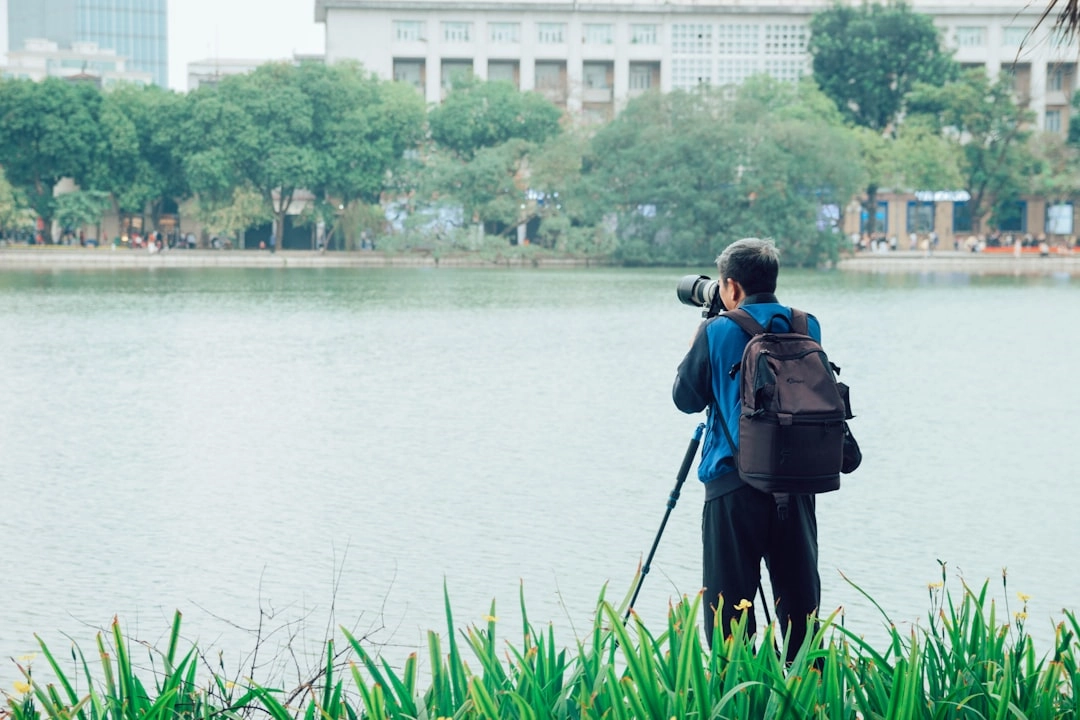
What is Sustainable Practices in Photography?
Sustainable practices in photography refer to the adoption of environmentally-friendly approaches, techniques, and equipment in the process of image creation. It involves reducing environmental impacts, conserving resources, and promoting ethical and responsible practices throughout the entire photography workflow.
Real-world Problems Associated with Sustainable Practices in Photography
Although photography is a creative and visually captivating art form, it is not without its environmental challenges. Here are some real-world problems that sustainable photographers aim to address:
1. Excessive Energy Consumption
Photography relies heavily on energy-consuming equipment such as cameras, lighting, and computer editing software. The use of inefficient equipment and continuous energy consumption contributes to carbon emissions and environmental degradation.
2. Chemical Pollution
Traditional photography processes involve the use of chemicals for film development, printing, and darkroom processes. These chemicals, including developing agents, fixers, and toners, can be harmful to the environment if not handled and disposed of properly.
3. Disposable Equipment Culture
The fast-paced tech industry encourages photographers to frequently upgrade their equipment, leading to a culture of disposability. The production, shipping, and disposal of cameras, lenses, and other photography gear contribute to resource depletion and waste accumulation.
4. Electronic Waste
Obsolete or damaged electronic equipment, such as old cameras and accessories, contribute to the growing problem of electronic waste. Improper disposal of these items can release hazardous materials into the environment, posing serious health and environmental risks.
5. Unsustainable Printing Practices
Printing photographs, especially in large quantities, can waste paper and ink resources. Additionally, printing techniques that rely on toxic chemicals and non-recyclable materials further contribute to environmental degradation.

Solutions for Sustainable Practices in Photography
Addressing the environmental challenges in photography requires a shift towards sustainable practices. Here are some solutions that photographers can adopt to minimize their ecological footprint:
1. Energy-efficient Equipment
Investing in energy-efficient cameras, lighting systems, and computer equipment can significantly reduce energy consumption. Look for devices with energy-saving features and certifications like Energy Star.
2. Digital Workflow
Embrace digital photography and limit the use of film. Digital images can be stored, edited, and shared with minimal environmental impact, reducing the need for chemical processing and printing.
3. Eco-friendly Chemicals
When traditional processes are unavoidable, opt for eco-friendly alternatives such as non-toxic developers and fixers. Properly dispose of chemicals according to local regulations to prevent pollution of water sources.
4. Equipment Longevity and Second-hand Market
Avoid unnecessary upgrades and make the most out of your current equipment. Consider buying used gear or renting equipment for specific projects to reduce the demand for new resources and minimize electronic waste.
5. Responsible Printing Practices
If printing is necessary, choose sustainable printing options. Use recycled paper, soy-based inks, and work with printing services that prioritize eco-friendly practices. Print only what is needed and encourage digital sharing whenever possible.















